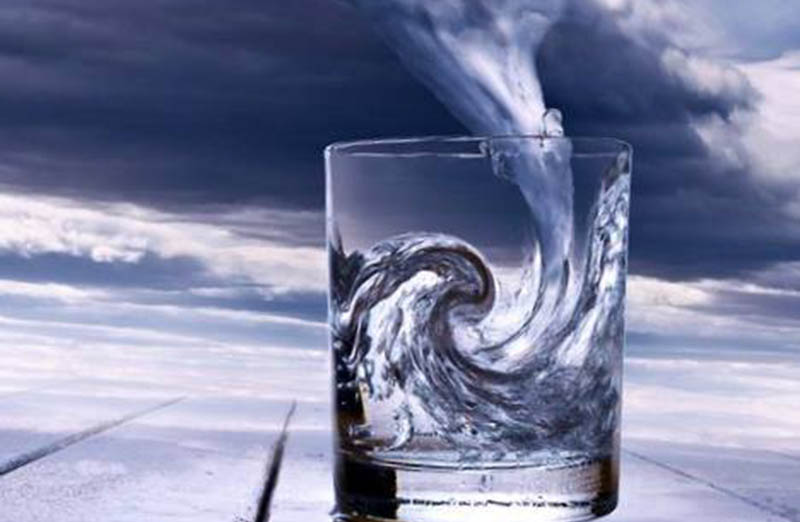 Submitted by Earth Keeper on
Submitted by Earth Keeper on

O Sariputra, Form does not differ from EmptinessAnd Emptiness does not differ from Form.Form is Emptiness and Emptiness is Form.The same is true for Feelings,Perceptions, Volitions and States of Consciousness.~ From the Heart Sutra of Avalokiteshvara
A flexible integrative view can be very helpful for traveling lightly through life. An integrative view is a way of seeing the world that recognizes the value and partial truth in each relative viewpoint without fixating on any one of them as absolutely true.
Of course, this does not mean that all views are equally true; discernment reveals the strengths and weaknesses, advantages and disadvantages, merits and limitations of each view.
Integrative views are cultivated by discerning these qualities and aspects, honouring the partial truths, and transcending the limitations through other views that reveal them, all without clinging to any view in particular as the sole accurate interpretation of the ‘way things are.’
Integrative views support rich, deep, and multifaceted discernment without fixating on any one particular conceptual view.
A classic philosophical thought experiment asks: is a glass filled to the halfway mark is half full or half empty?
Here’s an integrative view of this question that flexibly flows through multiple viewpoints without clinging to any one of them:
The glass is half empty.
And the glass is half full.
And the glass is refillable.
And there is no glass and nothing to fill it.
And “glass” is only a conceptual interpretation of a representation arising in the mind.
And neither the human perceiver nor the glass has any separate existence, so reality is empty of both.
And yet they both seem to appear, so reality is filled with both while their molecular structures hold, until they fall apart and vanish like clouds in a clear sky, as if they never were.
And both the glass of water and the human appear only in a spacious field of awareness that is beyond both and yet can’t be separated from either.
And the glass and the human are both made up of atoms that are mostly empty space, so the glass and the human are both more than half empty.
And the glass is half full of water molecules and half full of air molecules, so it is completely full.
And the glass and the human are both forms and form is emptiness–that is, empty of non-contingent, independent being–so they are both completely empty.
And emptiness is form, so they are both fully themselves, fully distinct manifestations of matter/energy in a particular molecular configuration.
And both the glass and the cup are empty of a separate self and embedded in interdependent relationships and contexts.
And these interdependent contexts and relationships are themselves empty of separate existence.
So, in a sense, a human perceiving a glass of water and thinking about its nature is an expression of emptiness perceiving emptiness and thinking emptiness about emptiness.
A glass is just a glass, water is just water, and a human is just a human, and yet a glass is not a glass, water is not water, and a human is not a human.
Without clinging to any of these views to the exclusion of the others, the mind can flow between them all, not stuck anywhere, not locked into any particular conceptual viewpoint or interpretation.
This is the freedom of non-attachment to views that the Zen Master Hui-Neng expresses in his Platform Sutra as”not fixating on external appearances, not fixating on inner voidness.”
Ultimately, reality is beyond all concepts of “glass,” “empty,” “full” and all others, beyond the scope of thought and language altogether and never absolutely captured or encompassed by either.
All of these concepts have only relative truth and relative value to point to impermanent objects used by impermanent human beings. Relatively, all of the views above are partially true; ultimately, they are all false.
And when you’re thirsty, you just pick up the glass and drink from it without the slightest difficulty. No problem!
https://philosophadam.wordpress.com/2016/04/20/is-the-glass-half-empty-or-half-full/
- 684 reads